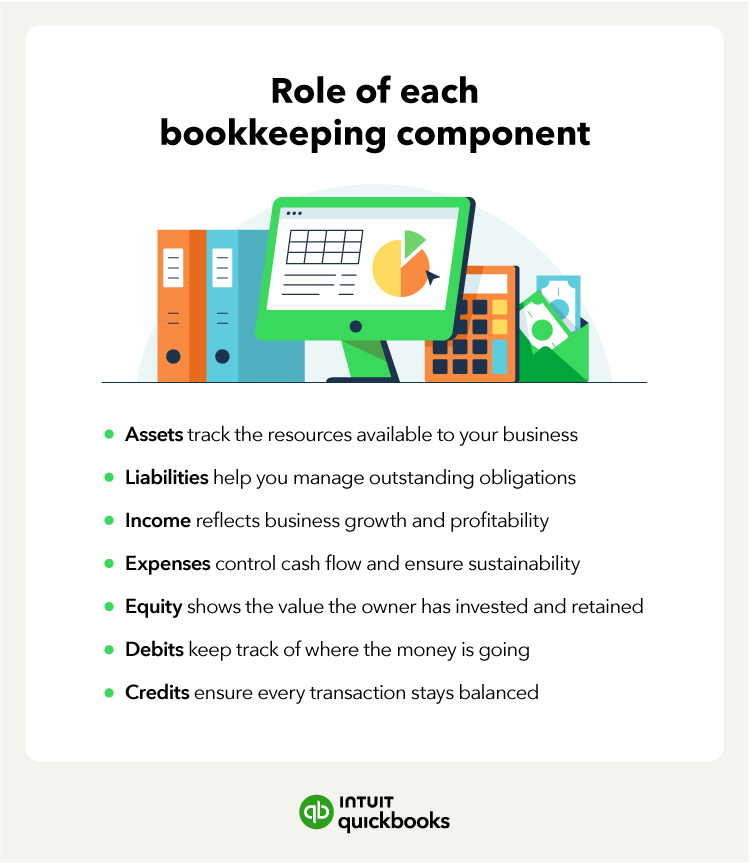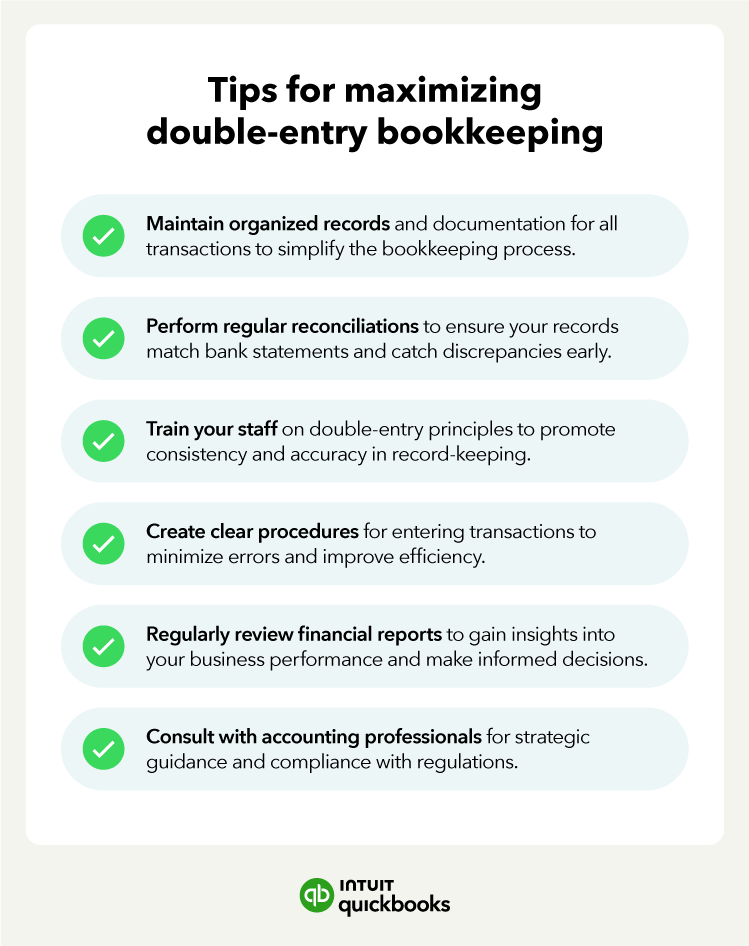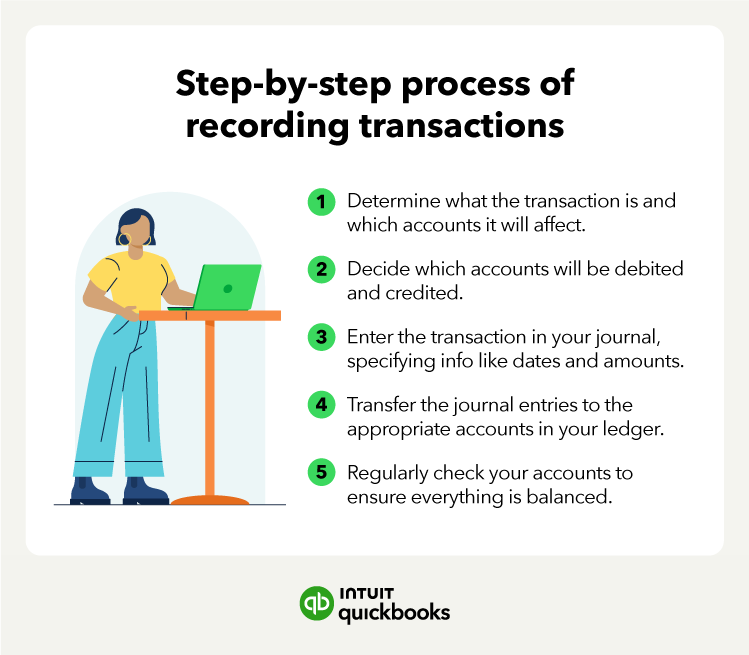Managing your small business finances can feel like juggling a hundred things at once—especially when trying to keep your books in order. If you're still tracking income and expenses on a spreadsheet, or worse, on paper, you might be missing out on the clarity and accuracy that double-entry bookkeeping can offer.
Learn what exactly double-entry bookkeeping is, how it works, and how it can be a game-changer for your small business. By the end, you'll understand how this simple but powerful system can help you stay on top of your finances, prevent costly mistakes, and set your business up for long-term success.
Jump to:











 The double-entry method is helpful for businesses interested in scaling or attracting outside investment. This system provides a complete, accurate view of your financial health—making it easier to manage growth and demonstrate financial stability to investors.
The double-entry method is helpful for businesses interested in scaling or attracting outside investment. This system provides a complete, accurate view of your financial health—making it easier to manage growth and demonstrate financial stability to investors.




